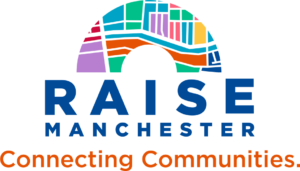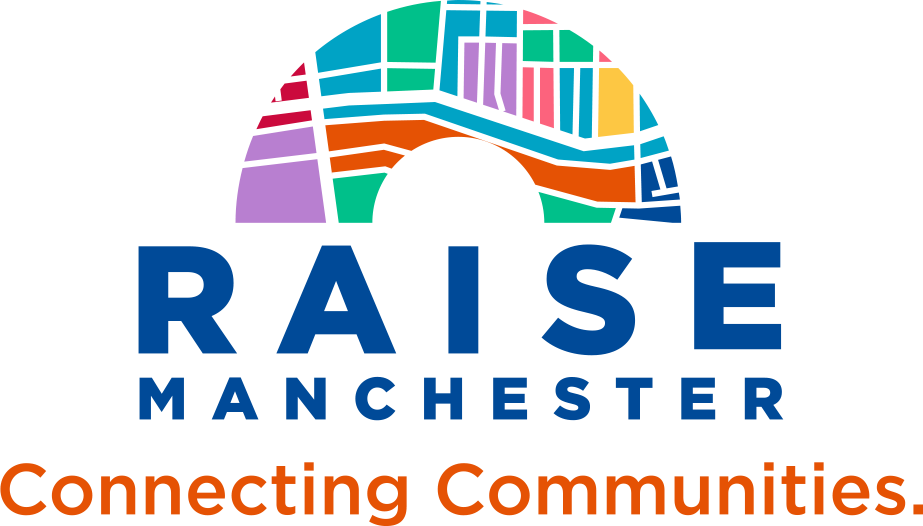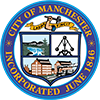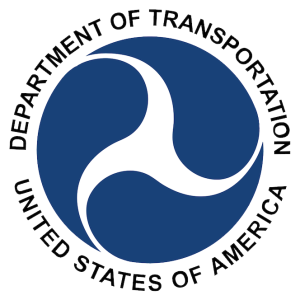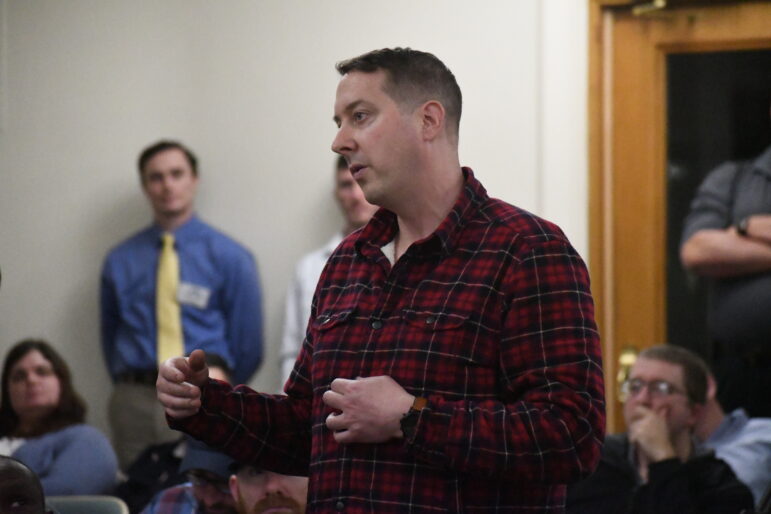
Original post can be viewed here.
MANCHESTER, NH – Last year, the City of Manchester received $25 million in Rebuilding American Infrastructure with Sustainability and Equity (RAISE) grants to put toward connected infrastructure projects that the city believes will completely transform the south Elm Street area. On Wednesday night, residents came to the Manchester Public Library to learn more about the projects that will be primarily funded by those grants and share their questions and concerns.
The RAISE Grants are part of more than $2.2 billion from the U.S. Department of Transportation to help communities modernize intermodal transportation infrastructure in order to make them more accessible, affordable, sustainable and safer.
According to Arnold Robinson of the design firm Fuss and O’Neil, the planning and architectural advisors to the city on the four projects, the grant proposal was a “jiu-jitsu grant” of sorts, requiring several different criteria to be reached.
However, he said the city’s proposal was praised by grant reviewers for thoroughly meeting the grant processes’ requirements. He added that it was the largest RAISE Grant awarded in the U.S. during the grant request process. Manchester Mayor Joyce Craig also noted during the presentation that the city will provide a $5 million match as part of the process, investing a total of $30 million into the infrastructure improvements.
Along with other adjacent improvements, there are four key elements that made up the city’s successful RAISE Grant proposal.
- The first element is a bridge that will extend South Commercial Street over the railroad tracks onto Gas Street and eventually Elm Street near Elm Street House of Pizza, aimed at providing a release valve to traffic on Granite Street trapped with trains are cutting through downtown.
- The second element is a road from near the Factory on Willow complex on Willow Street to near the Red Barn Diner on Elm Street, just across the street from the terminus of the first improvement.
- The third element is a pedestrian bridge above Granite Street.
- And the fourth element is a “peanut rotary” near the intersection of Queen City Avenue, Willow Street, South Willow Street and Cilley Road that will significantly reduce accidents.
All four elements and several other minor adjacent improvements are targeted in a combined strategy to help increase east/west traffic across the South Elm Street area and reduce congestion heading into the Millyard.
Under the requirements of the grant proposal, all funding must be obligated to construction firms by Sept. 2024 and all construction must be completed by Sept. 2029.
While the overall response to the four design elements seemed to be positive, attendees at the event expressed concerns over several components of the proposal. Some disabled members of the audience requested that sidewalks be widened in all areas to at least five feet and the grade of pedestrian bridge over Granite Street be lowered and heated for easy access in the winter.
Several cyclists in the audience also expressed concern over the sharp angle of the South Commercial Street extension bridge as well as a lack of accessibility for bicycles in the peanut rotary, especially crossing Queen City Avenue.
“I thought it was pretty good, I thought the presentation was pretty well put together, but I think I and most of the people here tonight had the same questions that they put some ways to move cars around quicker and the slap some bike infrastructure at the end to just check a box to get some money,” said event attendee Shaun Veilleux. “I sure hope they address our concerns. There’s a lot of demand for it, I think a lot of people in Manchester enjoy biking, we have beautiful rail trails everywhere and they can make it even greater if they do it.”
The Granite Street pedestrian bridge
In the room adjacent to the presentation, several posters providing details of the project elements were on display, with some people such as Michael Mahoney skipping the presentation entirely to just look at the maps.
“I’m not sure what to think about all of this yet, that’s why I’m here. The city needs some growth and they need to change the flow of pedestrians and traffic, so I’m in favor of that, but I live in that area, so I’m afraid of how the details will work out,” he said. “There’s always a ton of noise and traffic, I can hear Elm Street traffic from where I am on the Riverwalk, so that’s why I’m here, to check out the exact route.”
Kristen Clark, project manager with the Manchester Department of Public Works on the RAISE Grant projects, said that questions provided by the audience will be useful as the city and its partners advance into preliminary design process by the end of February 2023 and finalize the design process by the end of December 2023.
“I think we got a lot of great feedback as we hone in on the preliminary design and how we can make sure we can accommodate all modes best as possible moving forward,” she said.
Anyone interested in learning more about the design elements can find out more at raisemanchester.org, with those looking to submit feedback or asking questions able to do so by email at questions@raisemanchester.org or by calling 603-212-5107.
